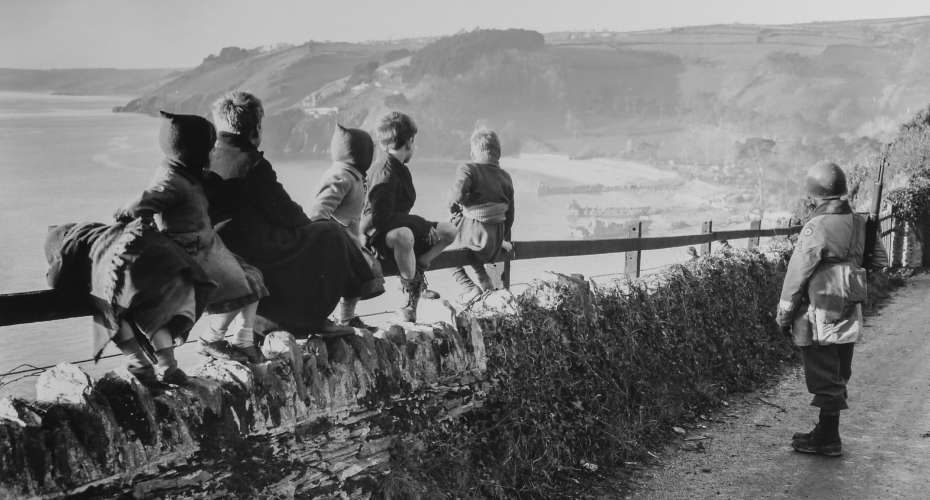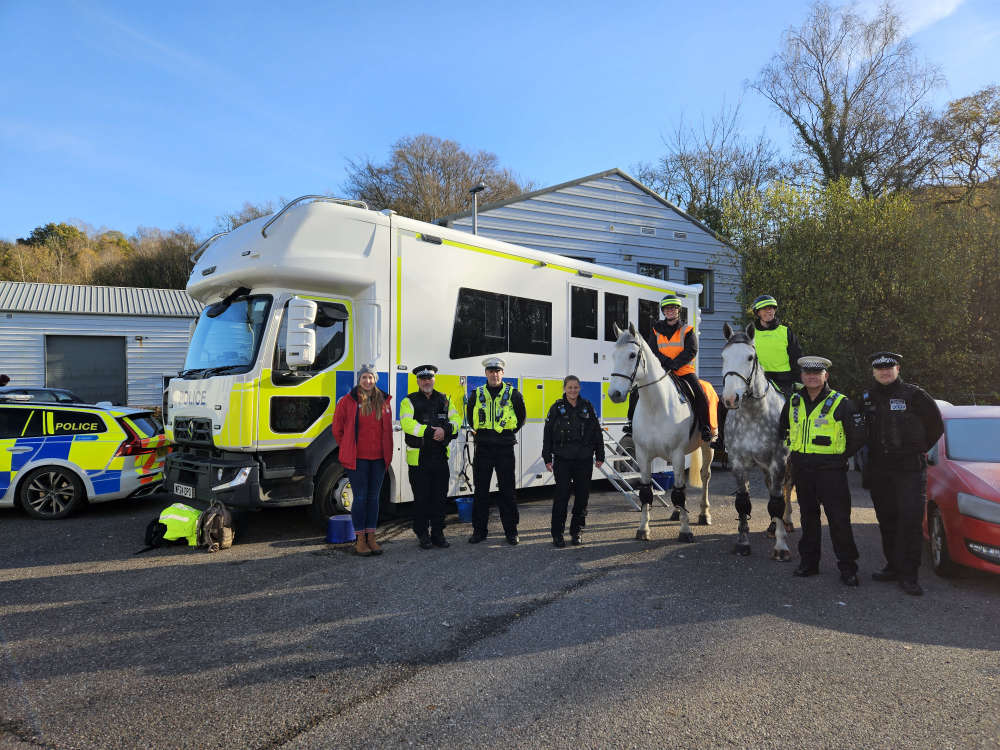
One of Devon’s last great untapped sources of history will reveal some of its best-kept secrets with the publication of a new book this week.
Devon’s Home Front Diaries, 1937 to 1945, reveals for the first time the intimate reflections and views of scores of people living in the county who took part in the anthropological project, Mass Observation.
Launched in 1937, Mass Observation surveyed and documented the opinions and experiences of UK residents on a broad range of subjects and stored them in an archive in Brighton.
Now, after many years of painstaking research in the archive, historian Dr Todd Gray MBE has brought together stories of Devon life during the Second World War, including those told by people who’d been evacuated to the county.
“‘I first became aware of the Mass Observation archive when I watched Victoria Wood portray Nella Last, one of the writers, in a film in 2006,” said Dr Gray, Honorary Fellow at the University of Exeter. “I hadn’t realised the diaries had survived, and so I began working through the archive the following year. Since then, I have read many hundreds of diaries and questionnaires, which have consumed several years in various stretches over the last 18 years.”
Dr Gray sifted through countless entries, either in person at the archive or later, online, and documented those linked to Devon. He said that the participants were aged from 16 to 68, came from a variety of backgrounds, and had usually responded to the surveys sent out by the project leaders at Mass Observation. Their comments were, Dr Gray added, “overwhelmingly frank, earnest and transparent”, and reflected a common hope that they would prove beneficial to society.
On the matter of the War, for example, one Plymouth resident wrote: “When the raid came, two of the women remarked that it was a relief, they had feared that since we’d been raid-less for 50 hours, some new devilment was being hatched. It was a very short one and we heard possibly one bomb.”
People wrote of love, passion, hope, happiness, and fear, as well as their views on Germans, Americans, and Japanese people.
“I cannot be reasonable about Germans. I have only known one German man and the only thing I remember about him is his revolting way of eating lightly-boiled eggs,” opined one contributor.
Others wrote of their home cities, villages, and towns. Barnstaple was described by one as a “conventional place”, while another criticised the teenage girls working in the Tavistock brand of Woolworths for being “like robots in their similarity” and vacant in their expression. And in Seaton, a resident went into great detail about the fortifications that had been undertaken: “they’ve dug an enormous trench, 15 feet wide, and are fixing barbed wire and iron stakes in huge cement blocks [which] are being placed all along the front and at the entrance off all roads leading from the front, cars can dodge in and out, but no tank could get through”.
“These writings have a direct relevance to modern times,” comments Dr Gray. “Some 60,000 evacuees and refugees sought safety in Devon and had a mixed response; some were heartily welcomed, but for others, the class and cultural differences of many of the working class and urban children and mothers were too sharp to overcome. And it is clear that many children and adults suffered anxiety from the daily air raid sirens, and the loss of neighbours, friends, family, and indeed their homes, due to the bombing.”
Devon’s Home Front Diaries, 1937 to 1945, is published by Stevens Books, and will be available from 23 October. It is also being launched at a public lecture at 2pm in Sidford Village Hall on that date.
“It’s rare for a historian to have the opportunity to introduce such a body of writing to the county of its creation,” added Dr Gray. “It’s an honour to do so, and a great responsibility to accurately present the thoughts of many dozens of individuals.”

 Extra staff drafted in to tackle vulnerable adult response times
Extra staff drafted in to tackle vulnerable adult response times
 More than 100 arrests made during coordinated week of police activity targeting drug supply across the South West
More than 100 arrests made during coordinated week of police activity targeting drug supply across the South West
 Devon & Cornwall Police Launch ‘Think Safe, Stay Festive’ – simple steps for a safe Christmas
Devon & Cornwall Police Launch ‘Think Safe, Stay Festive’ – simple steps for a safe Christmas
 Police target drivers passing horses dangerously
Police target drivers passing horses dangerously













